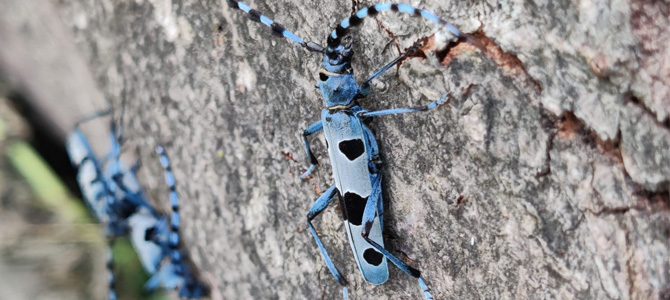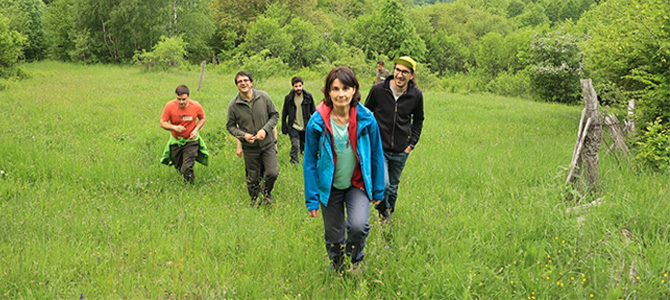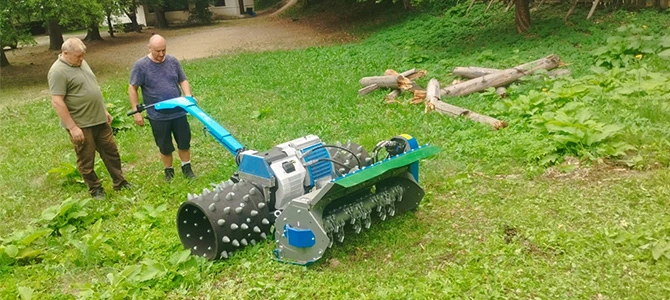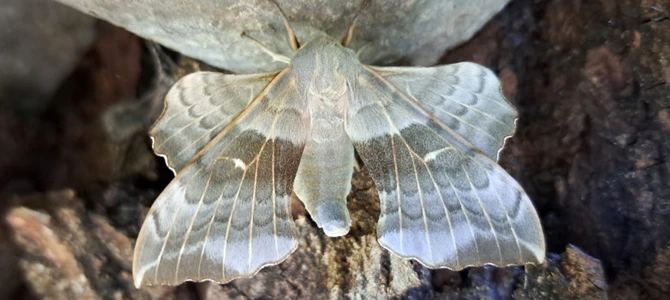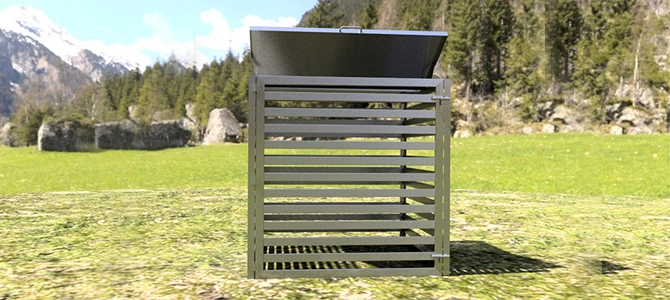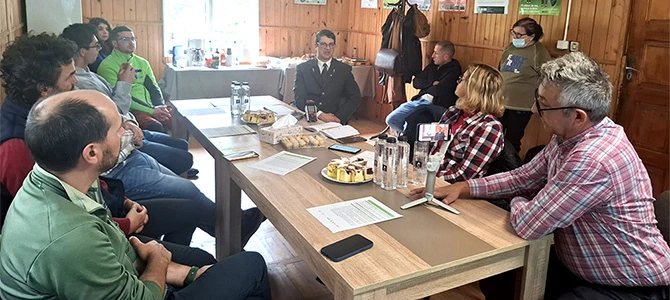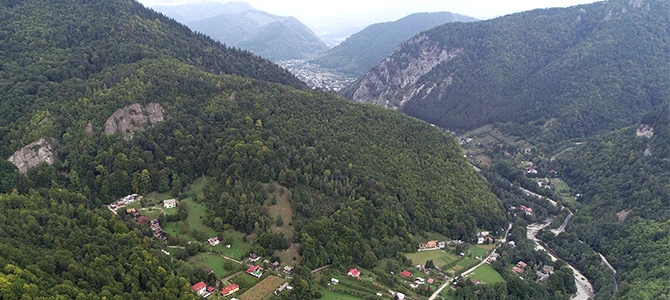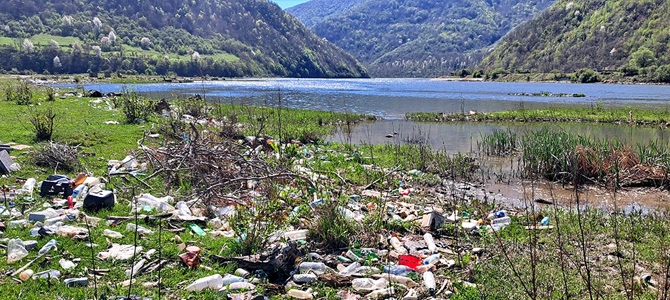I discussed with the Propark team-Foundation for Protected Areas and with the trainer Ionut Tausan about saproxylic insects and the habitats in which they are to be monitored within the project LIFE ROsalia – Conservation of saproxylic insects in the Carpathians , of which this action is part. And if, in addition to insects, we also find a reptile or some plants, then the practical outings in the Putna Vrancea Natural Park are even more constructive!
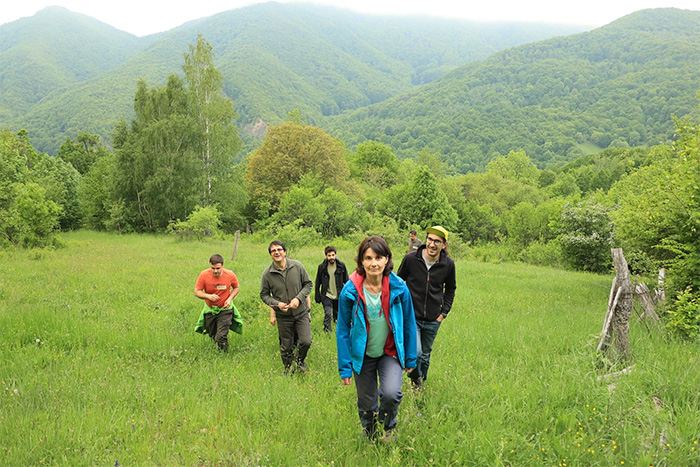
The following concrete conservation actions will be carried out in the selected plots together with the landowners:
- Veteranize weakened trees by annular removal of the rhytidoma and the creation of woodpecker holes. The trees concerned are those weakened, dry or in the process of drying;
- Keeping trees in reserve after final felling;
- Creating sunny stumps by processing dry trees on the leg (lures);
- Installation of sawdust / litter boxes glued to trees as a surrogate for secular trees;
- Creation of small semi-buried piles of dead wood from wood obtained from the veteranization process and processing of dead wood on foot;
- Cutting the bushes around the conservation work performed.
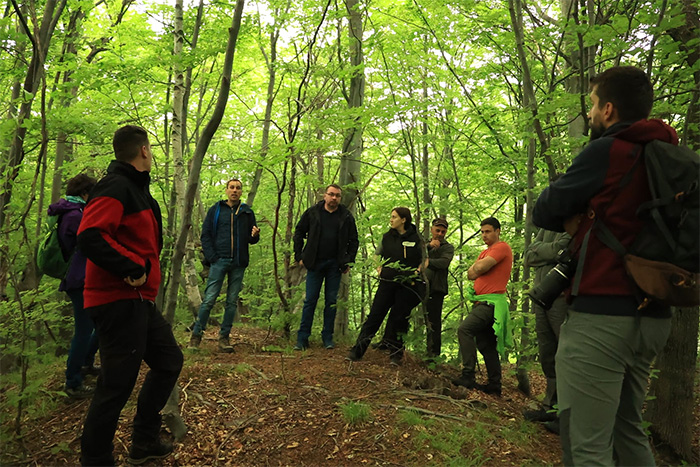
One of the most effective tools for improving the conservation status of target species is the development and approval by the authorities of a national action plan for Rosalia alpina, Osmoderma eremita, Cerambyx cerdo, Morimus funereus and Lucanus cervus.
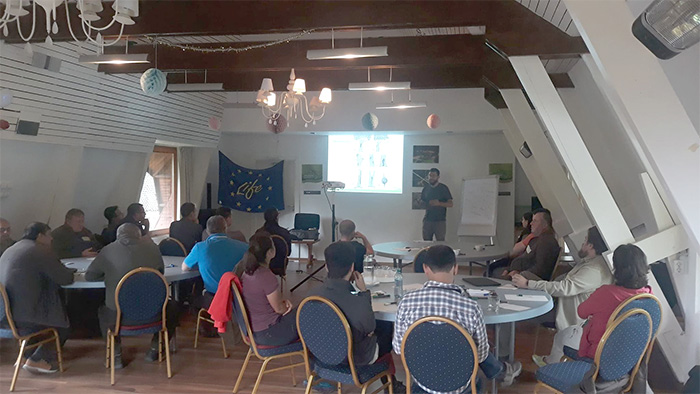
The action plan will update the knowledge on the target species and will provide a framework for the reproduction of concrete conservation activities in other Natura 2000 sites in Romania




